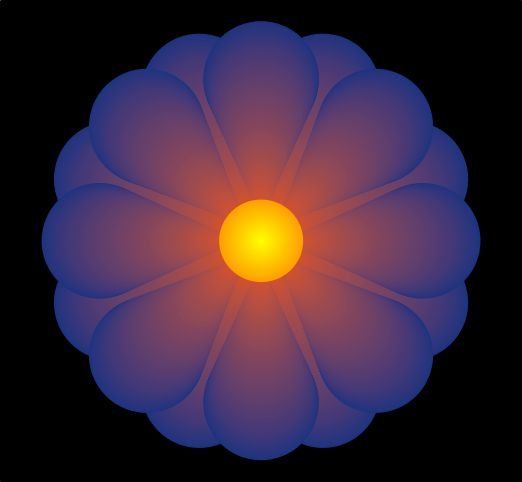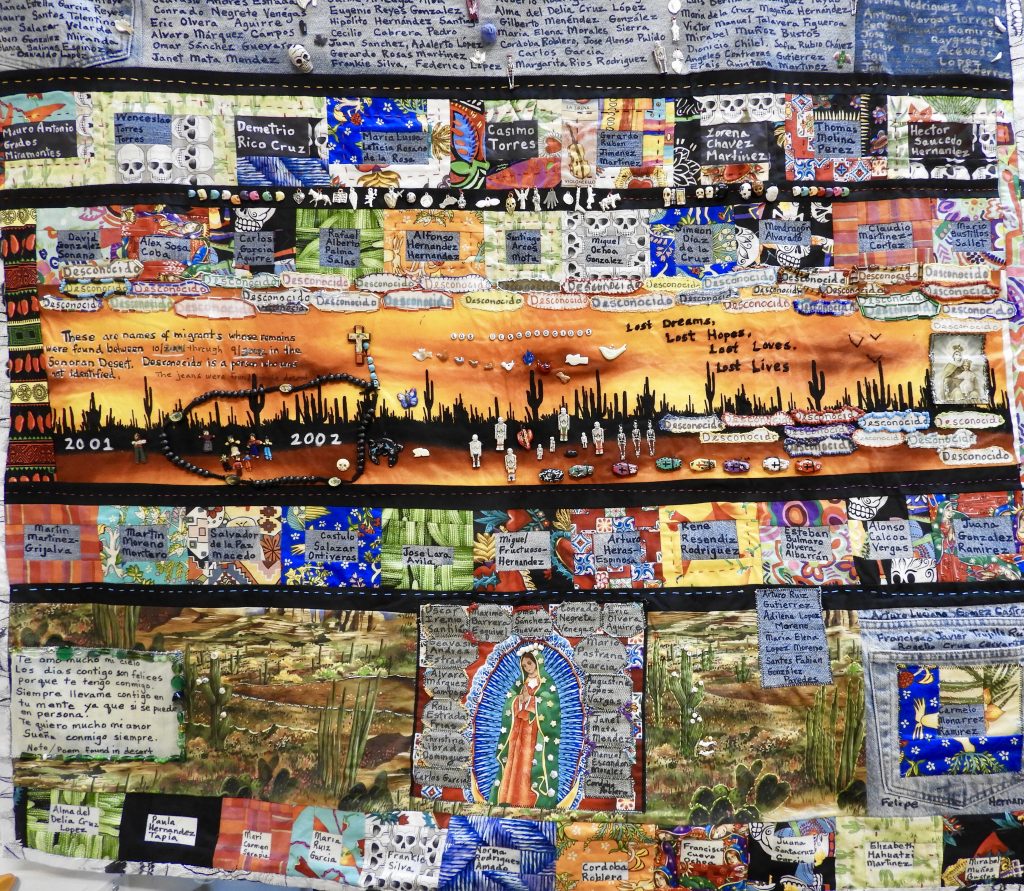How to Bring More Permanent Good into Our Lives and the World Eric Hutchins In their efforts to create ideal communities, the ancient Greeks asked three basic questions: What is real; of the real, what is good; and how do we make more of the good? Generally unknown to them at the time, the ancient peoples of Southern Asia had long before offered answers to the same questions; answers that may now determine whether humanity enters its next “do or die” phase of evolutionary development.
Before we can bring more that is good into our life and the world, we must have some idea of what is truly “good” and before discovering that, we must be able to differentiate what is ultimately real from what is not. For the early peoples of South Asia (modern day India, Pakistan, Bangladesh, and Sri Lanka), the first answer is that the real is “That which both ‘is’ and never changes into something else.” To be thus, the real must exist beyond all other objects of human perception. Why? Because everything we sense (including thoughts, memories, and perception itself) is constantly changing. Sometime later, this same distinction shows up in Greek philosophy as the distinction between physics and metaphysics.
However, for ancient South Asians, the ultimately real was not merely a philosophical abstraction. They had discovered that they could look inward and directly experience a field of pure, empty, never changing consciousness; a field that exists beyond everything associated with the unique character of the person using the introspective technique. This self-transcending technology freed their attention to move inward away from the surface, chattering level of mind and directly experience the vast, empty field of pure consciousness that lies beyond even the limits imposed by space, time, and causation.
 Before the modern age of material science and technology, this field of pure consciousness was given many names including Atman, the Spirit of Man, the Eternal Void, the Indwelling Spirit of God, and the Holy Spirit. Today, it is often referred to simply as the “transcendental field of pure consciousness.” Here, the word “transcendental” means that it exists beyond all boundaries of personal perception, including all boundaries that are unique to each of us. Thus, this field is, in essence, communal. Using a long-proven, effortless technique based on universal principles of neurophysiology and consciousness, this vast, unchanging field is even now easily experienced by anyone desiring to do so.
Before the modern age of material science and technology, this field of pure consciousness was given many names including Atman, the Spirit of Man, the Eternal Void, the Indwelling Spirit of God, and the Holy Spirit. Today, it is often referred to simply as the “transcendental field of pure consciousness.” Here, the word “transcendental” means that it exists beyond all boundaries of personal perception, including all boundaries that are unique to each of us. Thus, this field is, in essence, communal. Using a long-proven, effortless technique based on universal principles of neurophysiology and consciousness, this vast, unchanging field is even now easily experienced by anyone desiring to do so.
While immersed in this fourth state of consciousness, one is neither awake to the outer world, dreaming, nor in deep, dreamless sleep. However, because this serene state of mind lies beyond the very depths of what we ordinarily recognize as uniquely ourselves, it is often referred to as the “Self” with a capital “S.” Granted, this experience is so rare in the general population that, to most of us, it sounds abstract, unfamiliar and, to a great degree, unintelligible. Yet, it is absolutely real in the experience of anyone who takes the few minutes needed to learn a proven technique of “introspective self-transcendence.” When we do, we discover that this deeply relaxing, unbounded experience never changes.
As for the second question: “of the real, what is good,” we may construct a list, not of “good things” per se but of universally recognized “qualities” that are, to varying degrees, infused into our thoughts, intentions, communications with others, and actions. Eight such qualities are always welcome because they are inherently good: steadiness of mind; unconditional joy; empathy, compassion, and generosity toward others; and creativity, intelligence, and wisdom in the daily pursuit of our goals. From ancient times down to the present day, just about every character trait described as good or virtuous is derived from one or a combination of these eight qualities. For example, “trustworthiness” is universally considered a virtue, yet on closer examination, we see that it is a combination of steadiness of mind and empathy toward others.
We can also see that neither external, institutional coercion nor internal self-indoctrination is capable of compelling us to always express these eight qualities in our thoughts, intentions, communications, and actions. Why? Because, after we are born, we quickly self-program to pursue physical and emotional pleasure and avoid both forms of pain. This programming soon depletes these qualities in the subliminal area of our surface minds where our thoughts and intentions first form.
This leads us to the third question posed by the ancient Greeks, “how do we make more of the good?” In this context, we may ask: “how do we replenish and make more abundant these eight qualities until they become an integral part of our character instead of merely qualities we mimic as a means to greater pleasure or less pain?” Again, the ancient peoples of Southern Asia discovered the answer. They observed that, when an individual uses an introspective technique of self-transcendence twice each day, the user’s thoughts and intentions become increasingly elevated by these eight positive core qualities. They further discovered that these thoughts and intentions increasingly elevate the user’s communications with others and actions in all fields of life.
They reasoned that, even though the transcendental field of pure consciousness appears completely empty and unchanging, it must nonetheless contain an inexhaustible abundance of the “unmanifest potentialities” of these eight qualities; potentialities that become manifest in our thoughts as they begin to form in the preconscious area of our minds. Thus, the transcendental field of pure consciousness is both the ultimate reality and the inexhaustible source of humanity’s finest qualities. Their ultimate conclusion was that the way to bring more permanent good into our lives and into the world is to use a long-proven technique of introspection to directly experience this transcendental field of pure consciousness for a few minutes in the morning and late afternoon of each day.
Once we begin this effortless, deeply relaxing process, we become steadier of mind and more joyful each day, and we enjoy greater achievement and more mutually rewarding relationships with others. For those ready to bring more permanent good into their life; to enjoy life more; to accomplish more, and to contribute more fully to the social harmony, economic prosperity, and environmental stability of their community, now is the time to “Seize the Day” by regularly using a long-proven technique derived from the ancient technology of introspective self-transcendence.






